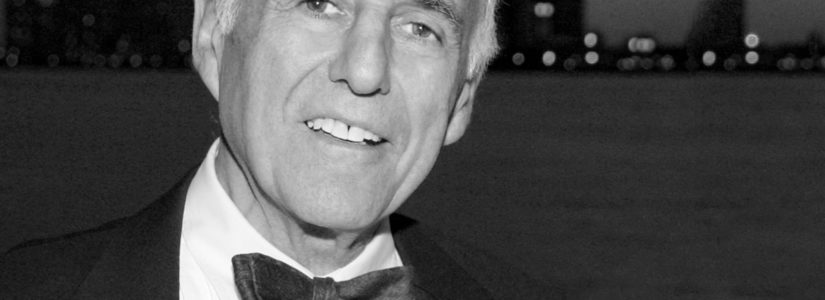
In Memoriam: Bob Silman
February 1, 2019 | Contributed by Kent Diebolt, founding partner of Vertical Access and former Archive Project board member.
Bob Silman and I met in late 1995, just as I was beginning to find my way into the New York City market. As we became friends, Bob and his wife Roberta (it is very difficult to talk about one without the other) were very supportive of my efforts and were also interested in my entire family and always asked after my children, one of whom, Hannah, eventually worked one summer in the old RSA office on University Place while she was in high school. For Bob and Roberta, work was important and rewarding, but family was always first. Bob and Roberta were a down-to-earth, elegant couple who could readily finish each other’s sentences without ever speaking over each other. They both exhibited a deep sense of curiosity with an autodidactic sensibility combined with warmth, grace, and elegance.
Bob was diagnosed with multiple myeloma years before we met and he lived every day with gusto and purpose. He was one of the most purposeful and “present” people I have ever met, and he was unfailingly respectful and kind to everyone. He was particularly interested in developing the careers of younger people and was instrumental in launching the careers of many recent college graduates. His interests and activities were broad and deep and included, among many other things, his garden. Bob was both an urbane New Yorker and a man of the soil.
Bob was a natural engineer, grounded in the humanities, whose life serves as an exemplar of the value of a liberal arts education. This rare combination of backgrounds and interest made him an extraordinary problem-solver with a gift for explaining his solutions in clear, lucid terms accessible to all. The same combination led him to and enabled his interest in the philosophy of technology, which he lectured on widely, at conferences and in classes he taught at Columbia, Yale and Harvard.
Bob was considered a dean of preservation engineering, and his highly regarded opinions were widely sought and often followed. Arguments in favor of a project were based on technical viability and constructability, framed by the humanistic grounds for saving, renovating, or re-purposing historic buildings in place. It is fair to say that without Bob’s considered opinions on the Corbin Building in Lower Manhattan, the TWA terminal at JFK, and the Survivor’s Staircase at the World Trade Center site, they would likely have been lost to future generations.
Bob’s legacy and soul live on through his family and friends and the many lives he touched as a mentor and gifted teacher in his consulting business. There is a poster in the Silman office with a black and white photo of a grinning Bob associated with the phrase WWBD? “What Would Bob Do?” is a question that many of us whose lives Bob graced will continue to ask ourselves in our professional and personal lives. Thank you from all of us, Bob and Roberta, for your generous spirit, your friendship and support.